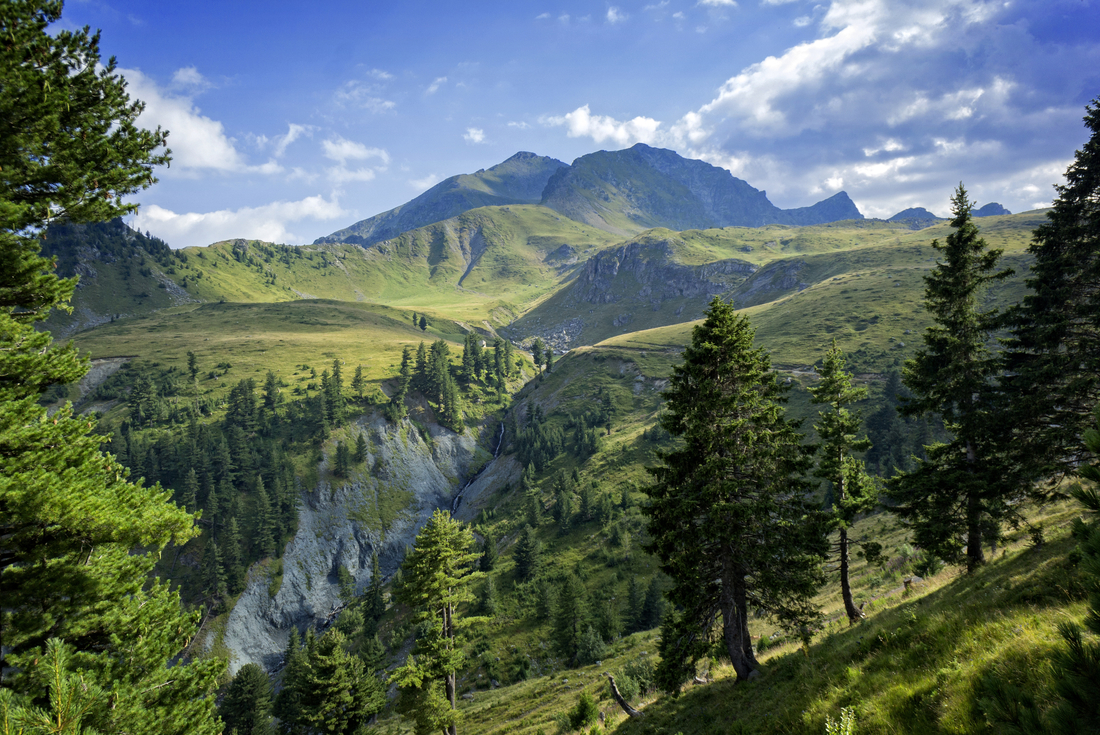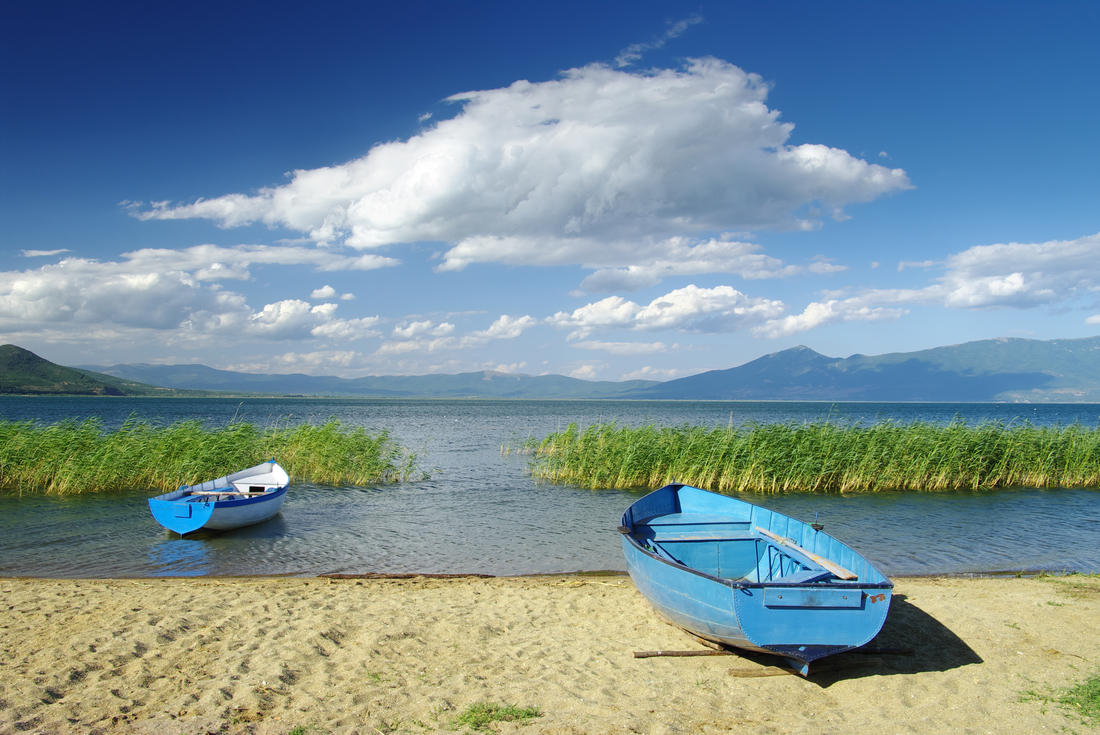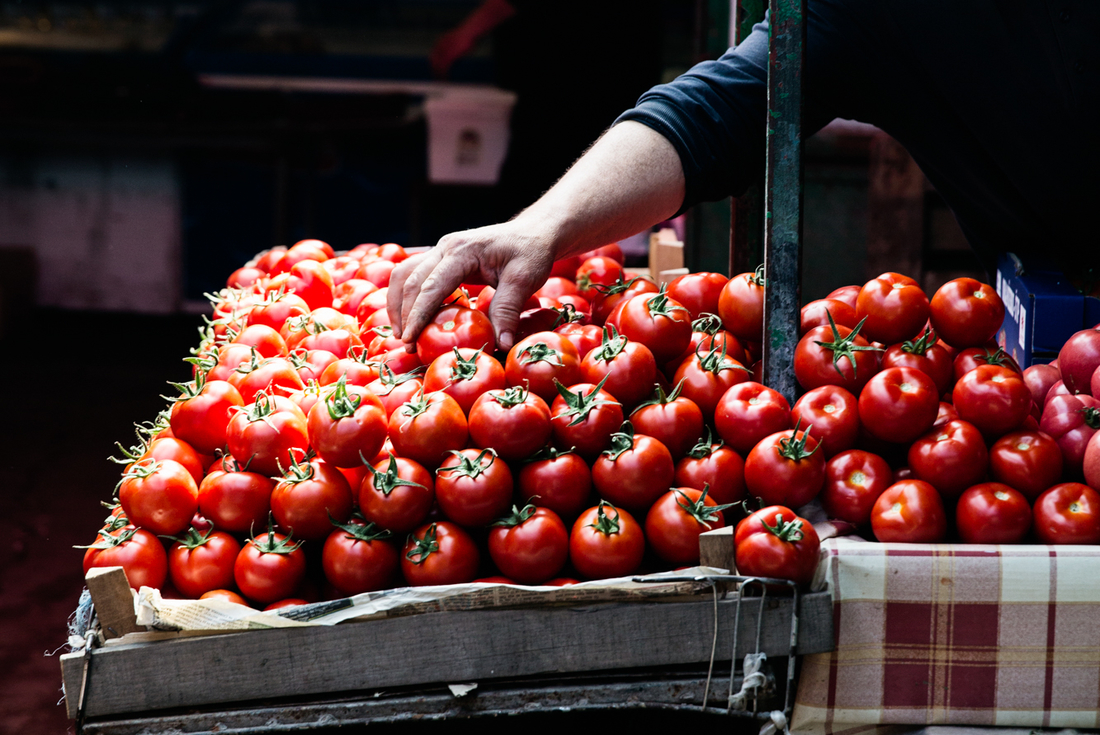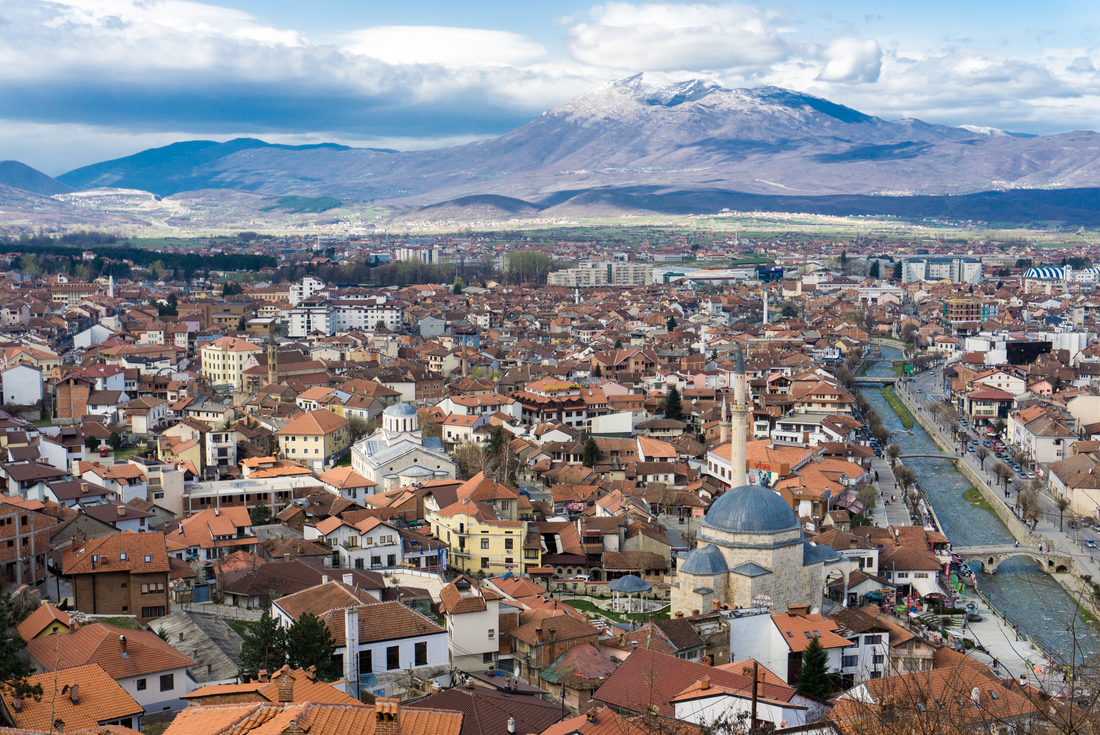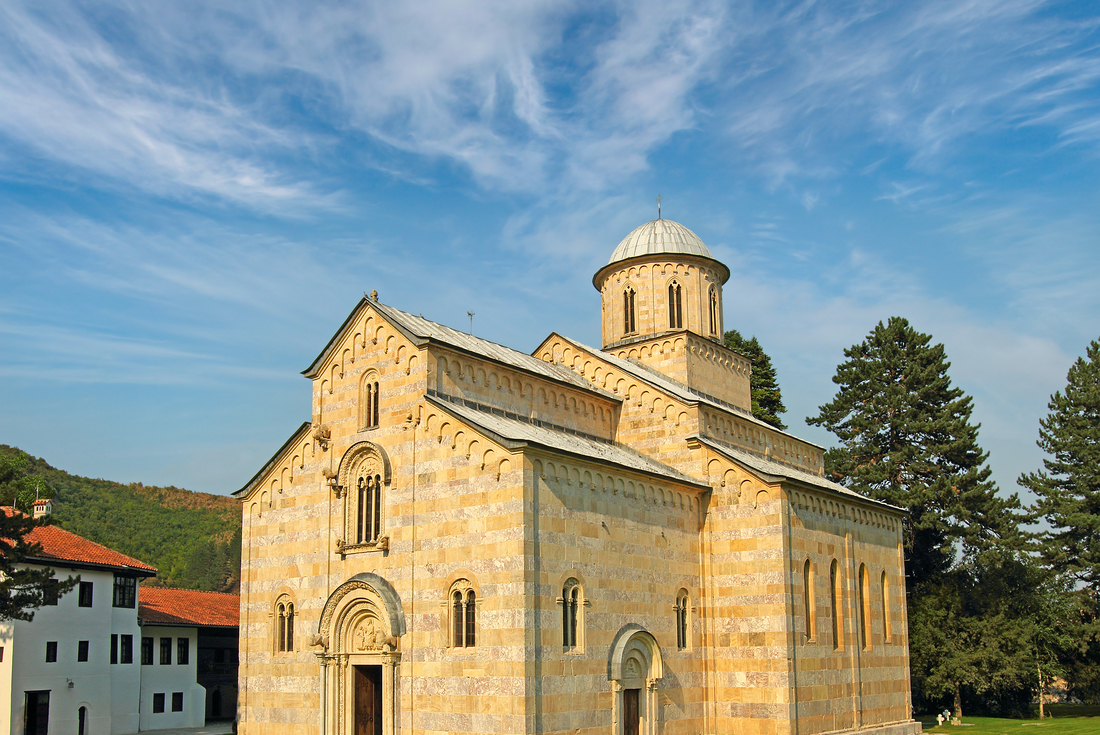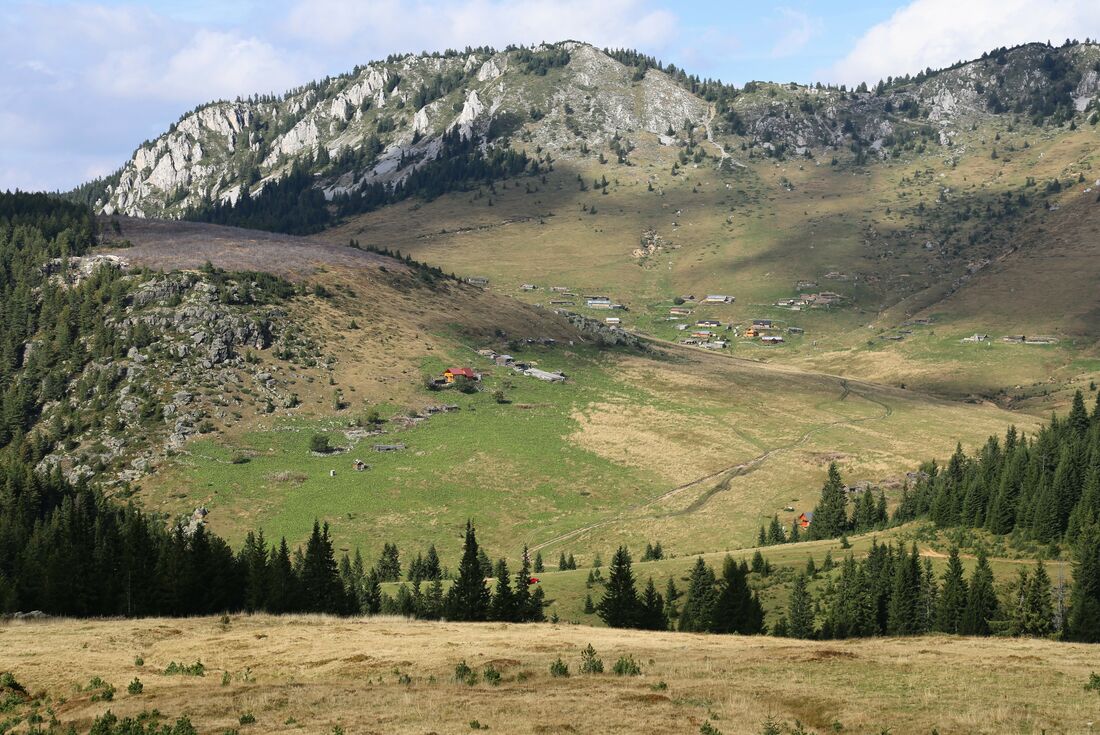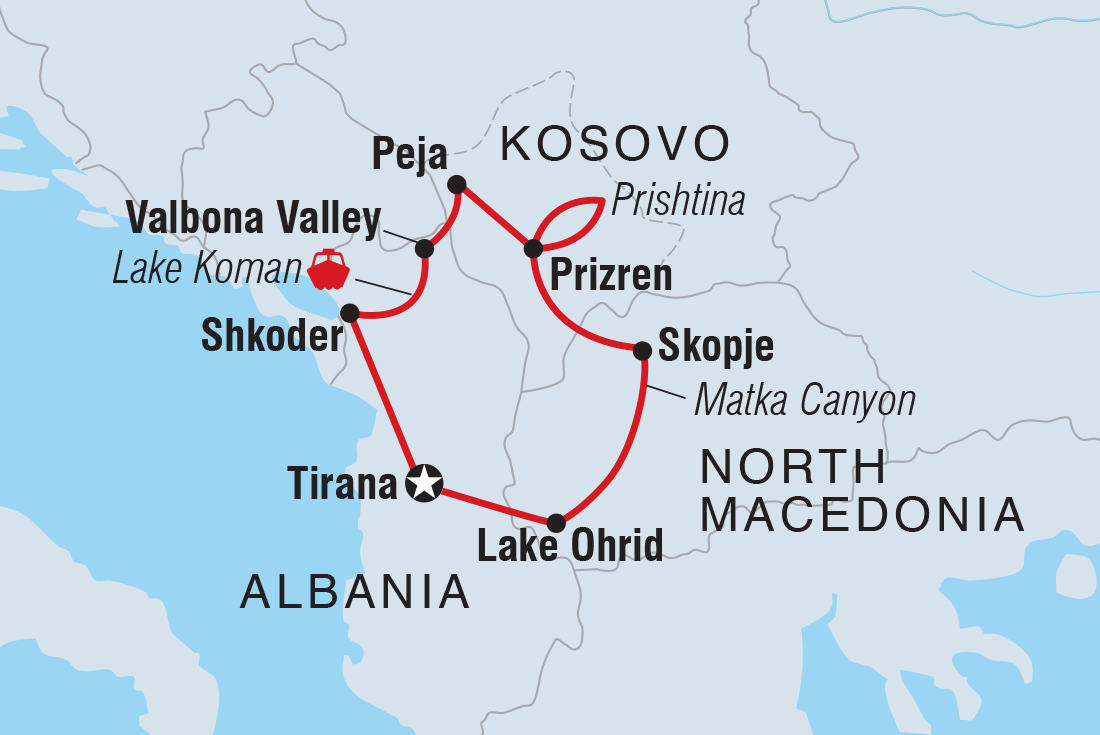SUMMARY
It’s hard to find a patch of Europe as secluded as this one – among the rugged mountains and green fields of Albania, Kosovo and North Macedonia, you’ll find shepherds, monasteries, lakes, valleys and Byzantine churches. Lacking in tourist crowds, it’s taken decades for the Balkans to wipe away memories of conflict and Communism, but (amazingly) they’ve emerged strong and smiling. From cool cafes in Skopje and the soft shores of Lake Ohrid to the mosques of picture-perfect Prizren, this 15-day adventure showcases Balkan beauty at its very best.
TOTAL DURATION : 15 Days
GROUP SIZE : MIN 1 MAX 12
TOUR ITINERARY AND DATES
START : Tirana
END : Tirana
COUNTRIES VISITED : Albania,Macedonia, Republic Of,Kosovo
Validity : 01 JAN 2025 To 31 DEC 2025
Day :1
Location : Tirana
Mire se vini! Welcome to Albania. Your adventure begins in Tirana – the progressive capital city that's working hard to alleviate the Soviet bloc feeling that lingered for so long. If you arrive early, perhaps get your bearings with a walk around town. Tirana is filled with activity, from its traffic to its nightlife, but on its doorstep are mosques, citadels, Ottoman architecture and museums. After the meeting tonight, maybe head out for dinner with your group and get to know each other.
Day :2
Location : Tirana / Shkoder
This morning, head out on a leader-led orientation walk of central Tirana. See the architectural influences from Italy and Turkey, visit the Skanderbeg Monument, the mosaic on the National History Museum and the Palace of Culture. The Et'hem Bey Mosque, which sits right on the city's main square, is currently closed for extensive renovation works, but you can still look at the frescoes and portico that depict trees, waterfalls and bridges. After lunch, take a local bus to Shkoder – one of the oldest cities in Europe. When you arrive, head out on a short walk along the Pjaca (the main street), lined with 19th-century architecture and dominated by Ebu Beker Mosque. Later in the afternoon, why not head north of the city to visit the Venetian era Rozafa Castle, set high on a mountain with panoramic views of the Albanian countryside.
Day :3
Location : Lake Koman / Valbona Valley
Take an early morning transfer to Lake Koman, where you'll board a private boat between Koman and Fierza, in the remote north-eastern corner of the country. Passing through the gorge of the Albanian Alps, you’ll stop for refreshments and a swim along the way. Take in the scenery of cliff walls on both sides of the narrow lake – these mountains that surround the lake can reach over 1700 m and are almost uninhabited. This is one of the most beautiful boat rides you will ever take – think emerald waters, green vegetation and bright, white cliffs. Arrive in Fierza, where you'll be transferred to your guesthouse in Valbona Valley and tuck into your home cooked dinner.
Day :4
Location : Valbona Valley
Take an excursion deeper into the remote Valbona Valley and explore the green meadows dotted with traditional houses, farmlands and alpine trees. Due to the remoteness of the region and the lack of tourist infrastructure, today's activities will come as a surprise to all of us, including the leader! You may go for a hike in the surrounding mountains, walking through wide valleys and thick forests, or you might simply hang out in the village with the locals. One of the best things about Albania is the people – their warmth to strangers is infectious and you're bound to find yourself having a chat and swapping stories over a glass of raki or two. This is a great place to discover the history of Albania from the people who have lived through it, and to learn about the local way of life. Perhaps discover more about the stories of bloody feuds, said to be carried out in the name of the Kanun code (the customs that governed all aspects of life in the mountains).
Day :5
Location : Peja
Today, you'll cross the border into Kosovo by private vehicle. Tiny Kosovo is Europe’s newest (official) country and is home to a handful of landlocked mountains, poppy-filled meadows and oak forests in the middle of the Balkans. The shadow of conflict in the late 1990s has kept Kosovo off traveller's radars but today, you’ll feel the shadow lifting. See the Decani Monastery – a place of artistic heritage, but whose symbolic significance as a Serbian Orthodox cultural monument unfortunately makes it vulnerable to destruction. Continue to Peja (Pec in Serbian) – the gateway to the Rugova Mountains and a major agricultural centre. Visit the beautifully restored Peja Bazaar, dating back to Ottoman times, and Bajrakli Mosque. Having been destroyed twice in the last 80 years, the bazaar has been fully rebuilt after the Kosovo War and is one of the many protected monuments in Kosovo.
Day :6
Location : Rugova Valley / Peja
After breakfast, head to the village of Drelaj, deep in the Rugova Valley. The Rugova Mountains rise over 2400 m and were declared a national park in 2013. This will be your base to explore the surrounding area on a guided hike. The valley is often compared to Switzerland and at the foot of Hjala mountain, you’ll be surrounded by tall grass pastures, wildflowers, simple wooden shacks and the sounds of cow bells drifting through the valley. After the hike, take the chance to rest as you tuck into lunch at a local family home. Head back to the hotel in the early evening and perhaps try the local Birra Peja brewed here in town.
Day :7
Location : Gjakova / Prizren
Journey south today, to Kosovo's second biggest (and arguably its most beautiful) city – Prizren. Along the way, stop by Gjakova to walk to the Sufi Tekke of the Halveti Order (one of the Dervish sects). Inside of the tekke, there are graves of all the previous shehs since 1600, when the order was established. After, walk along the Carshia (main street) and stop at the Mosque of Hadumi. If you’re lucky, the main Imam of Gjakova will speak to you and give an Albanian interpretation of Islamic dogmas (principles), with plenty of time for questions. Later, head to Prizren, stopping at a restaurant on the Drini River along the way. When you arrive in Prizen, you’ll head out an orientation walk along the Bistrica River, exploring the city’s famous mosques and abandoned Serbian Orthodox churches.
Day :8
Location : Prizren
Today you’ll visit Prizren's 6th-century Kalaja Fortress, which sits on a hilltop above the town. Discover the hidden 43-step staircase for incredible views over the city, then soak up a free day to explore at your own pace. Maybe visit the House of the Albanian League of Prizren, where in 1878 the Assembly of Prizren gathered to consolidate Albanian leaders to unite and protect the country against foreign threats. Perhaps walk upstream along the Bistrica River, where you might meet locals tending to their flocks of sheep. Or get your group together and hire a minibus to go for a wine tasting in the vineyards of Rahovec – this region is known as the gastronomic heart of Prizen, so there’s plenty of wineries and restaurants to explore.
Day :9
Location : Prishtina / Prizren
Take a daytrip to Prishtina – the capital of Kosovo is currently reinventing itself as a major commercial centre. First, head to Kosovo Polje (Field of Blackbirds), which the country is named after. There’s a memorial here that commemorates the important 1389 battle of Kosovo – a skirmish that led to the Ottoman Empire finally taking control of this area of the Balkans. Nearby is the tomb of Sultan Murat, leader of the Ottoman Empire in the 14th century. Visit the UNESCO World Heritage-listed Gracanica Monastery, then the afternoon is free to explore as you wish. Maybe visit the Ethnographic Museum, the Sultan Fatih Mosque or the Kosovo Museum. Check out the Newborn Monument, which was unveiled on the day Kosovo declared its independence in 2008. After exploring the city, head to the nearby Bear Sanctuary – a 16-hectare area of woodland and home for rescued dancing bears.
Day :10
Location : Skopje
Today you head to North Macedonia – full of scenic mountain backdrops, time-weathered monasteries and lake panoramas. When you arrive, take an orientation walk past Byzantine domes, Turkish baths and the newly built neo-classical buildings. After, wander past the mosques, caravanserais and hammams that fill these winding streets – a testament to Skopje’s Ottoman past. After, maybe visit the Daut Pasha Hammam or journey through the humbling Holocaust Museum to learn how Macedonia suffered during this tragic chapter of history. Lake Ohrid and the surrounding mountain forests are home to some excellent hiking options, so maybe ask your leader about your options this afternoon if you’re feeling active.
Day :11
Location : Matka Canyon / Skopje
Venture out to Matka Canyon – a deep ravine cut into the Suva Mountains by the Treska River. This area is home to several medieval monasteries, caves and over 70 species of endemic butterflies. When you arrive, you have the option to explore the canyon by boat. Alternatively, you can take one of the many nature walks in the canyon or up to tracks that hug the ridge above the valley. Return to Skopje, where the rest of the day is free. Maybe take the Mount Vodno cable car to Millennium Cross, get lost in the narrow lanes of Carsija, or take in the stone bridge over the Vardar River. For dinner this evening, you could head to the Old Bazaar or the restaurants in the Debar Maalo area.
Day :12
Location : Lake Ohrid
Take a local bus to Ohrid, which sits on a lake with the same name. Europe’s oldest lake, and one of the oldest human settlements in the world, Lake Ohrid has a wealth of historic sites and religious monuments to discover. The town is said to have once been home to 365 churches, one for each day of the year, earning it the nickname ‘the Macedonian Jerusalem’, while historical excavations date back to Neolithic times. Despite being a UNESCO World Heritage site for over 30 years, the town remains under the radar of most tourists. Get your bearings on an orientation walk, then maybe go hunting for a bargain in the Old Bazaar.
Day :13
Location : Lake Ohrid
Take to the lake on a morning cruise on Lake Ohrid. The rest of the day is free for you to discover the area at your own pace. There are many churches and monasteries to visit, but one of the most popular is the Macedonian Orthodox Church of Sveti Jovana Kaneo – sitting on a rocky outcrop above the town and overlooking the lake. Past the church, you can wander around the back of town, exploring the old walls and fortress. The Sveti Naum Monastery is also a great option, lying on the shores of the lake south of town, with well-kept grounds home to peacocks. The ancient Tsar Samoil’s fortress stands on the top of Ohrid Hill, while a 2000-year-old Roman theatre was uncovered near the Upper Gate – in summer it’s used for concerts and performances.
Day :14
Location : Tirana
Say goodbye to the endless blues of the lake and as you head across the border into Albania for your journey back to Tirana. When you arrive, your day is free to explore. Maybe take the cable car up Dajti Mountain for a breathtaking view of the city below. Tonight, perhaps join your group for dinner and head to Blloku (the Block) – once the domain of the Communist party’s inner circle and now home to cafes, restaurants and boutique bars. For something a little more traditional, you could head to an old house restaurant, where the menus are filled with local Albanian recipes.
Day :15
Location : Tirana
There are no activities planned for the today and you can depart the accommodation at any time. If you wish to extend your stay in Tirana, just get in touch with your booking agent ahead of time.
Reference : IT

